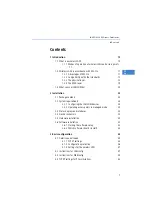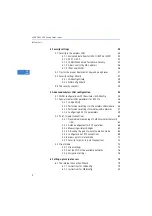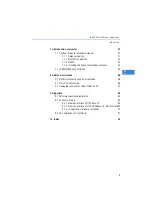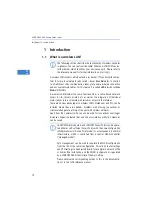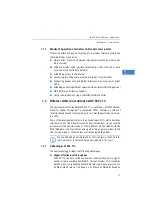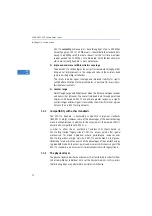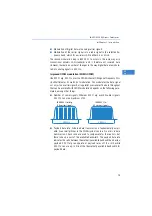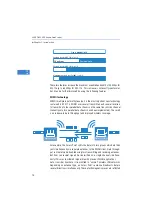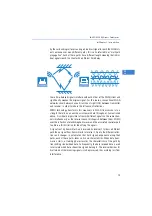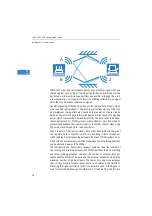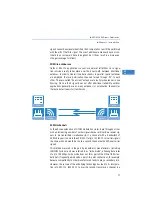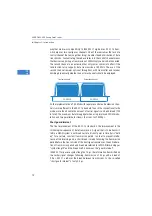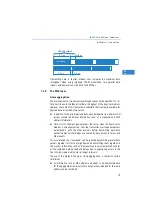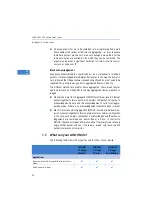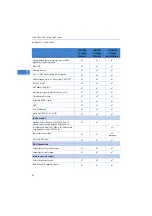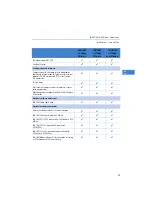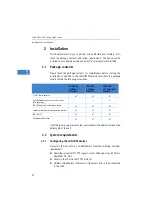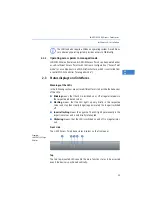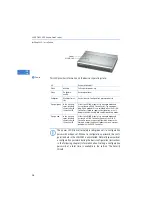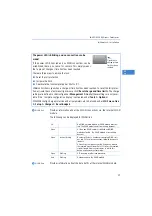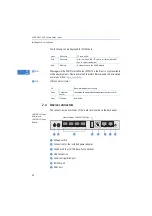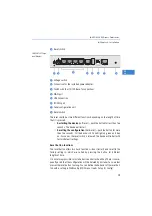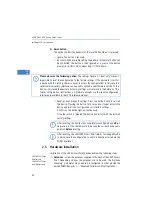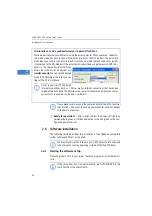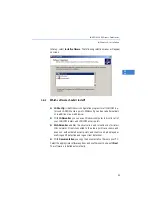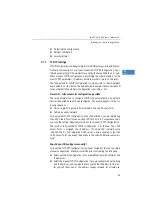
LANCOM L
-
300 Access Point series
Chapter 1: Introduction
20
EN
All data packets that are to be combined into a single large frame must
be available at the sender at the time of aggregation—as a consequence
some data packets may have to wait until enough data packets for the
same destination are available with which they can be combined. This
aspect may represent a significant limitation for time-critical transmissi-
ons such as voice over IP.
Block acknowledgement
Each data packet directed to a specific address (i.e. not broadcast or multicast
packets) is acknowledged immediately after receipt. In this way, the transmit-
ter is informed that the packet was received correctly and does not need to be
repeated. This principle also applies to aggregated frames in 802.11n.
Two different methods are used for frame aggregation. These are not explai-
ned in detail here, but they differ in the way aggregated frames are acknow-
ledged.
Mac Service Data Units Aggregation (MSDUA) combines several Ethernet
packets together to form one common wireless LAN packet. This packet is
acknowledged only once and the acknowledgment is valid for all aggre-
gated packets. If there is no acknowledgement the whole block is resent.
Mac Protocol Data Units Aggregation (MPDUA) combines individual wire-
less LAN packets together to form one large common wireless LAN packet.
In this case, each wireless LAN packet is acknowledged and the acknow-
ledgements are combined and transmitted as a block. In contrast to
MSDUA, the sender receives information about the receipt status of every
single WLAN packet and can, if necessary, resend only those specific
packets that were not successful.
1.3
What can your LANCOM do?
The following table shows the properties and functions of your device.
LANCOM
L-305agn
Wireless
LANCOM
L-310agn
Wireless
LANCOM
L-315agn
dual Wireless
Applications
Expansion of the LAN through WLAN (infrastructure
mode)
✔
✔
✔
WLAN via point-to-point
✔
✔
✔


